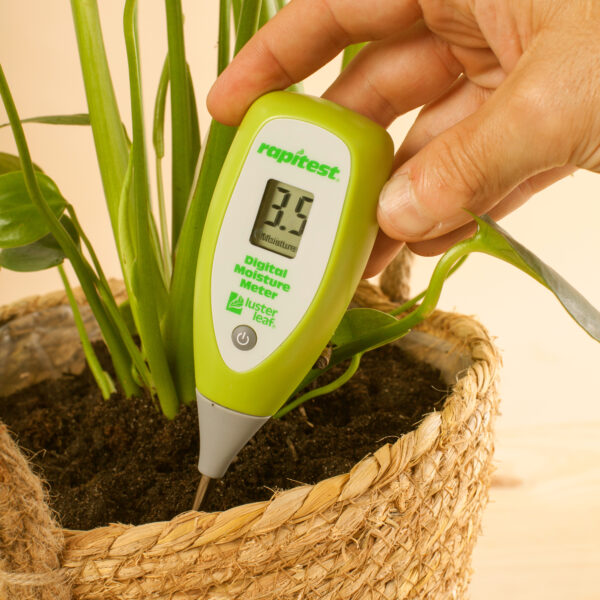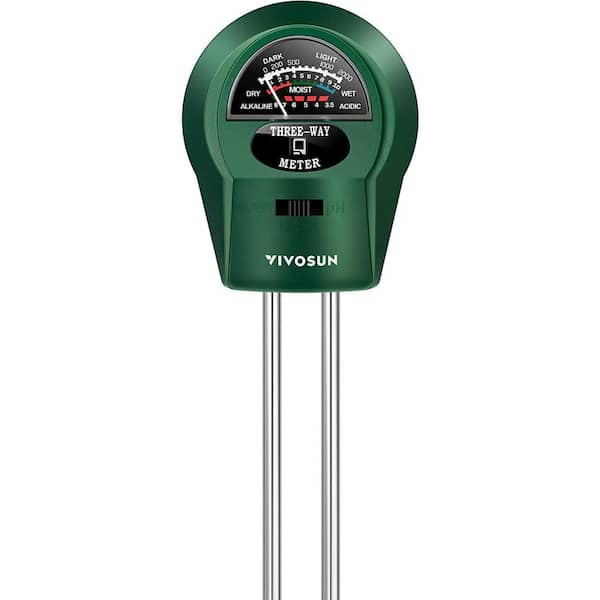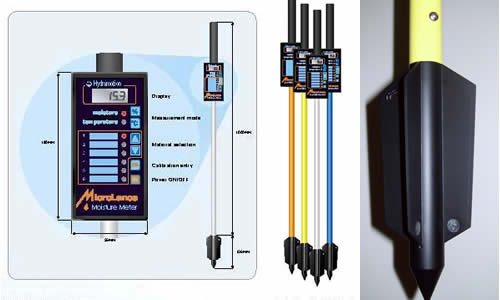Comprehending the Different Kinds Of Moisture Meters and Their Applications
Comprehending the Value of a Dampness Meter in Protecting Against Mold And Mildew and Water Damage in your house
In the world of home upkeep, the presence of wetness can usually be a silent yet awesome opponent, qualified of creating pervasive mold and mildew development and perilous water damages if left unchecked. Recognizing the significance of a wetness meter in this fight is not just an option yet a tactical necessity.

Significance of Wetness Detection
Efficient wetness detection approaches are essential for securing residential properties and stopping possible mold development and water damage. Wetness can permeate right into various building products, resulting in structural concerns and carcinogen - Moisture Meter. By making use of a wetness meter, property proprietors can proactively identify locations susceptible to excess dampness, permitting timely intervention and mitigation approaches
Dampness meters provide exact readings of moisture levels in different materials such as drywall, concrete, and timber. This data assists in pinpointing areas of problem, also in hard-to-reach or surprise places. Early discovery of wetness accumulation allows prompt repair services or changes to avoid more damage.

Exactly How Dampness Meters Job
Moisture meters play a critical duty in the proactive recognition of excess dampness, aiding in the prevention of possible mold growth and water damage by providing exact analyses of wetness degrees in numerous building materials. These gadgets function based on various principles, depending on their type. Pin-type moisture meters, as an example, have two pins that pass through the product to measure the electrical resistance in between them. When wetness is present, it boosts the product's conductivity, bring about a reduced resistance reading. Pinless wetness meters, on the various other hand, use electromagnetic sensing units to check the product without triggering damages. These sensors send out electromagnetic signals that pass through the material and measure the dielectric buildings, showing moisture web content. Some progressed dampness meters pin both integrate and pinless innovations for thorough wetness detection. Understanding exactly how moisture meters function is crucial for timely and accurate moisture level evaluations, allowing reliable preventive actions against mold and water damages.
Finding Early Caution Indications
Upon initial inspection of a property, recognizing subtle signs of excess moisture comes to be essential in the very early detection of possible mold growth and water damage. Some usual early indication include moldy smells, water spots on ceilings or wall surfaces, peeling paint or wallpaper, and warped or discolored surface areas. Moldy smells frequently indicate the presence of mold and mildew or mold, also if no visible signs appear. Water spots can signify leaks or infiltration, while peeling paint or sites wallpaper may be a result of wetness endangering the adhesion of these products to the surface. Distorted or blemished surfaces, such as distorting floorboards or blemished drywall, are clear signs of water damage. Moisture Meter. In addition, a rise in allergy signs or breathing issues amongst owners might suggest the existence of mold and mildew due to excess moisture. By quickly determining and resolving these very early indication, home owners can alleviate the threat of substantial mold growth and water damage in their buildings.


Avoiding Mold Development
Acknowledging early indication of excess moisture within a residential or commercial property not only allows prompt detection of possible mold and mildew development and water damages but likewise functions as a proactive step in protecting against the spreading of mold. To properly avoid mold and mildew growth, it is important to deal with any type of sources of wetness immediately. This can include taking care of leakages in roof coverings, home windows, or pipes, guaranteeing proper air flow in wet areas like kitchen areas and restrooms, and making use of dehumidifiers in high-humidity areas. Frequently preserving the residential property and checking's plumbing, roofing system, and gutters can likewise assist in protecting against water invasion that can bring about mold and mildew growth.
In addition to resolving moisture resources, maintaining indoor moisture degrees listed below 60% find out this here can considerably hinder mold and mildew development. Appropriate ventilation, sufficient insulation, and utilizing ac unit or fans can aid regulate interior humidity levels. Keeping an eye on dampness levels in areas vulnerable to dampness, such as basements and crawl areas, making use of a dampness meter can additionally aid in early discovery of raised wetness degrees and possible mold and mildew growth. By taking positive measures to avoid excess dampness and mold and mildew growth, house owners can secure their home and indoor air quality.
Benefits of Normal Surveillance
Routine surveillance of moisture degrees in a building can play a crucial duty in maintaining a healthy and balanced interior atmosphere and preventing possible mold and water damage. By consistently examining wetness levels, house owners can spot any type of concerns promptly and take essential actions to stop mold growth and water damages.
Furthermore, normal monitoring allows property owners to track patterns and patterns in dampness degrees over time. Eventually, the regular surveillance of dampness levels encourages homeowners to shield their building, guard their health and wellness, and protect the integrity of their indoor setting.
Final Thought
To conclude, using a dampness meter is important in avoiding mold and water damage in homes. By discovering early indication of wetness, homeowners can take aggressive actions to stop mold and mildew growth and costly fixings. Routine surveillance with Related Site a dampness meter can assist keep a healthy and balanced interior setting and shield the structural honesty of the home. It is an important tool for making certain the safety and well-being of residents.
By making use of a moisture meter, residential property proprietors can proactively recognize locations vulnerable to excess dampness, allowing for timely intervention and reduction strategies.
Dampness meters offer accurate readings of dampness degrees in different products such as drywall, wood, and concrete.Dampness meters play an essential function in the aggressive identification of excess dampness, aiding in the prevention of possible mold and mildew growth and water damage by giving precise readings of dampness levels in different building materials. Comprehending exactly how moisture meters feature is crucial for timely and exact dampness level evaluations, allowing effective precautionary actions versus mold and water damages.
Keeping track of dampness degrees in locations prone to wetness, such as basements and crawl spaces, utilizing a moisture meter can additionally aid in early detection of elevated dampness levels and prospective mold and mildew growth.